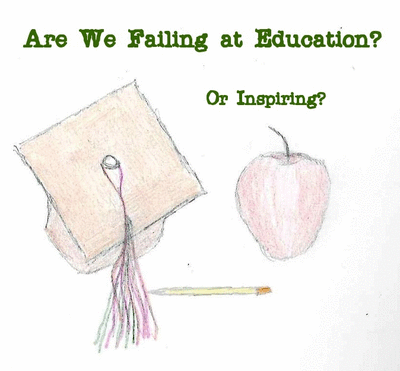Chateau Ste. Michelle shoots for the sky with their
2011 Riesling. Soft, subtle, and semi-sweet are three words that describe this
chilled beverage. It is a summer white wine with a touch of class. With an
average customer rating of 5 out of 5 stars, it is likely you will not be
disappointed. Pick up a bottle at the store on the way home, as restaurant
prices are astronomical.
Located in Washington Chateau Ste. Michelle is not
your standard Californian or Italian offering. Based within its French culture the winery has
morphed into offering separate products for red and white wine. The owners
attempt to blend old world traditions with new world innovations to maintain
the highest quality standards possible.
Riesling originally comes from the Rhine region of
Germany. The white grape variety has spread too many other locations around the
world. Considered a popular type of wine for summer and fall it is offered in
most restaurant establishments. It is
believed that the wine originally came from 14th Century peasants
and the traditional grapes are rare in modern production.
For under $10 dollars a bottle, this is a great wine
for lying under the Christmas tree or in front of the fire. If you are from the Midwest you can always
site on your porch and watch the leaves change color with the season. It will
work well with holiday parties or as token gifts. Try it with your offerings of
cheese & crackers, seafood, fruit or other appetizers.

